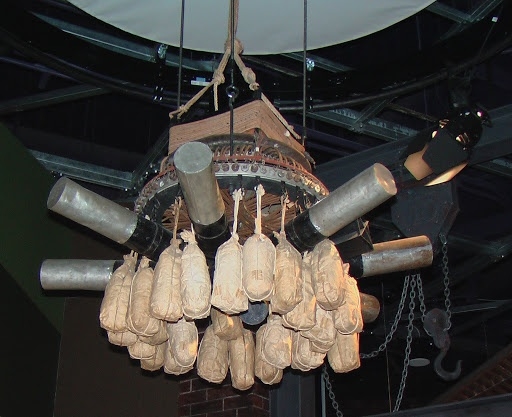The Japanese balloons used as weapons in the Second World War were something of a novelty. There were certainly unique weapons and battle strategies utilized throughout the First and Second World Wars, but few as unassuming as the Fu-Gos. These allowed the use of hydrogen to float incendiary explosives over drop points in America. While they were assumed to have much more destructive capabilities, the Japanese balloons luckily did not do too much damage.
These weapons made their way to at least seventeen states that are known, as well as both of America’s neighboring North American countries. They had a unique system allowing them to pilot themselves across the ocean, responding to temperatures and reacting accordingly. The Japanese balloons would jettison weight when they became too low in the sky and would let out some of their gases when they rose too high. They were expected to have jettisoned all weight by the time they reached their destination, at which point they would drop their bombs.
The Fu-Gos were more difficult for United States airmen to deal with than they might have expected. They were not easy to catch up with and even harder to locate initially. Of thousands sent, relatively few of the Japanese balloons were intercepted. Luckily, they still did not pose much of a threat. Over the course of their use, the several thousand Fu-Gos released killed only half a dozen people, and only less than 400 were ever even found near their target space.
Just because they did limited damage does not mean that the Fu-Gos were a wasted invention. It is possible that they could have been much worse if sent out in warmer seasons, but the Japanese balloons were specifically built with an autumn launch in mind. Had climates been warmer, the few fires they managed to start might have spread much wider and caused much more damage, with the added possibility of more casualties. One of them in particular nearly took out a nuclear reactor, the Today I Found Out reports.
The Japanese balloons were something of a mystery in their time, as it seemed implausible that they could have been launched from such a far distance away. They taught a great deal about the benefit of even simplistic engineering, which seems even more important when considering that there was potential at the time for the Japanese balloons to have been laden with biological weaponry. Luckily, this version of the devices never came to pass.
